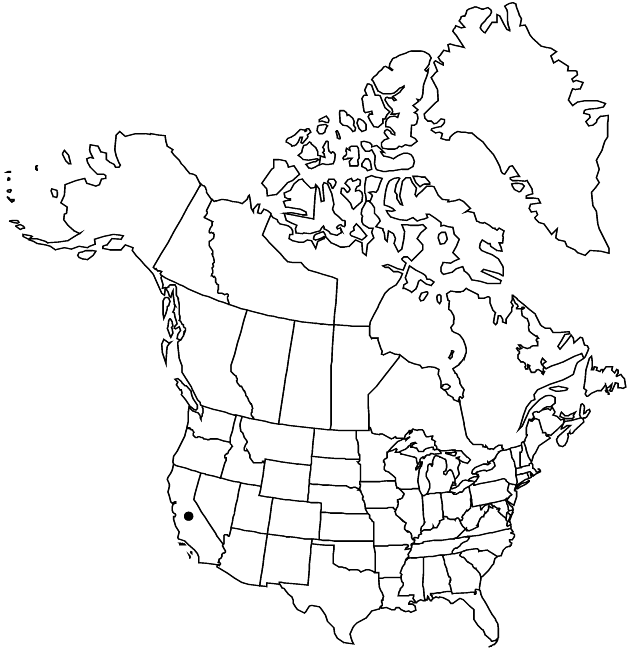Ericameria fasciculata
Contr. Gray Herb. 56: 36. 1918.
Plants 30–150 cm. Stems erect to ascending, green when young, fastigiately branched, glabrous or sparsely hairy, resinous. Leaves ascending to spreading; blades filiform (terete or flattened), 5–25 × 1–2 mm, midnerves obscure, apices acute often mucronate, faces glabrous or sparsely hairy, regularly gland-dotted (in circular, deep pits), resinous; axillary fascicles of 2–10 leaves, shorter than subtending leaves. Heads mostly borne singly, sometimes in cymiform to racemiform arrays (4–6 cm wide). Peduncles 1–15 mm (bracts 3+, leaflike). Involucres subcampanulate, 6–8.5 × 5–7 mm. Phyllaries 22–26 in 3–5 series, yellowish tan, ovate to lanceolate, 2.5–7 × 0.6–1.5 mm, unequal, mostly chartaceous, midnerves evident, sometimes with 1–2, collateral nerves, ± thickened, raised, often expanded distally, subapical resin ducts darker, narrow and only slightly thickened, (margins membranous, erose-ciliate) apices erect, acute to acuminate or cuspidate, abaxial faces glabrous or sparsely hairy. Ray-florets 4–6; laminae 4.5–6 × 1.2–2 mm. Disc-florets 18–25; corollas 6.5–8 mm. Cypselae tan to brown, subcylindric, 3.5–4 mm, sericeous to villous; pappi off-white to reddish-brown, 6.5–8 mm. 2n = 18.
Phenology: Flowering summer–fall, occasionally in spring.
Habitat: Sandy soils
Elevation: 0–500 m
Discussion
Of conservation concern.
Ericameria fasciculata is known only from near Monterey and Carmel bays (Monterey County). It probably hybridizes with E. ericoides.
Selected References
None.
Lower Taxa
"fine" is not a number.
